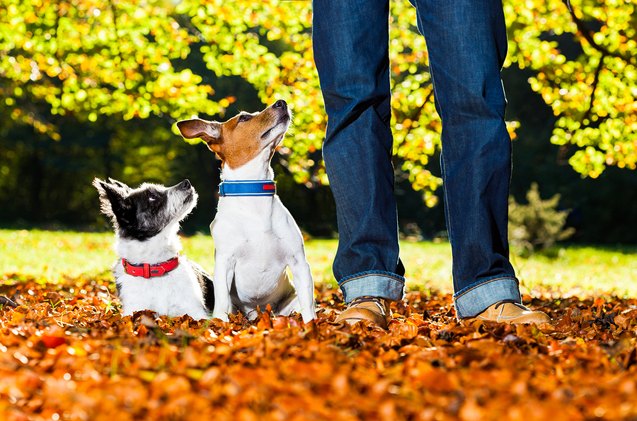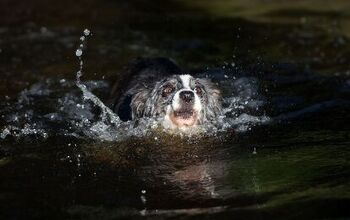New Study Says Dogs Process Faces In Specific Area Of Their Brain

So you think your little guy can read you like a book? Research says you’re probably right. Findings from a recent study by Emory Health Sciences in Atlanta suggest that Rover can in fact process faces and thus has skills previously attributed to just humans and primates.
The study involved dogs who had been specially trained to pay attention to two-dimensional images on a screen. For any of us who “catch” our pooch watching the tube we know how fleeting this can be. Equally so his willingness to sit still for a photo; so imagine trying to get him to lay still for longer than a nano-second so his brain activity can be monitored. But researchers did it, and were able to observe the dogs as they viewed both still and video images under a functional magnetic resonance imaging (fMRI) machine. The findings show our good buddies do in fact have a specialized region in their brains for computing faces and this may explain their extreme sensitivity to human social cues.
Related: Science Proves There’s Such A Thing As Dog People And Cat People
Gregory Berns, a neuroscientist at Emory University and the senior author of the study says that for the current study researchers focused on how dogs respond to faces versus everyday objects. “Dogs are obviously highly social animals, so it makes sense that they would respond to faces. We wanted to know whether that response is learned or innate.”
In humans, there are at least three face processing regions in the brain including one which helps us distinguish faces from other objects. From Berns’ research we now know that dogs also have a specialized region in their brains for processing faces and he suggests this ability is hard-wired through cognitive evolution.
Related: Research Shows That Kids Are Closer To Pets Than Siblings
But how do they know that dogs don’t “recognize” faces as simply the delivery agent of treats, walks, or other special rewards? Berns heads up the Dog Project at Emory’s Department of Psychology that is researching the evolution of canines. Previous studies have identified the “reward center” of their brain and these new studies show a different region responding to the facial stimulation. In fact, a region in their temporal lobe responded significantly more to movies or still images of human or dog faces than to those of inanimate objects.
But back to training these pooches and our continued concern when we hear the words “dog” and “research” in the same sentence. Emory confirms that “From the outset, we wanted to ensure the safety and comfort of the dogs. We wanted them to be unrestrained and go into the scanner willingly.”
They were trained to wear earmuffs to protect them from the noisy scanners and to hold their heads perfectly still with their chin on a rest to prevent blurring. “We know the dogs are happy by their body language,” says Mark Spivak, the professional trainer involved in the project.
The aim of the Dog Project is to decode the mental processes of dogs by recording which areas of their brains are activated by various stimuli. Their goal is to answer questions such as: Do dogs have empathy? Do they know when their owners are happy or sad? How much language do they really understand? Our answer: Yay Science!
[Source: Science Daily]

Sharing space with three seriously judgy Schnoodles and a feline who prefers to be left alone. #LivingMyBestLife
More by Mary Simpson






















